We head to the east side of the city, into the hills, to see many temples and shrines.
A very grand gate...
Daily rentals available to use in walking about the area - too hot, yes too hot for us...the blue one is about $20/day.
"Kiyomizu Temple area tourist guide map"
This family opted for matching floral patterns - we'd see them here and there for the next couple hours.
Another look back at that last pagoda...
Fortune requests in the Year of the Rabbit:
We leave this temple complex and cross to the next, passing through preserved leftovers from the days of traditional dwellings and busineses.
Peeking out the backside of one of the old business complexes, we see a not-so-hidden tour bus lot.
Two pairs of kimono ladies touring in style.
No, not satellite dishes, but traditional Japanese paper umbrellas.
The sky laser that gave Godzilla an ouchie one day some years ago.
Onto the next temple complex, a more leisurely set of stairs than the last several...
Proudly sporting their very nice kimono's...
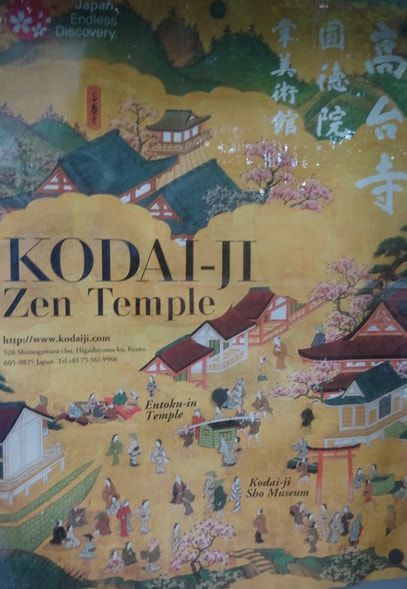
"Kōdai-ji is a temple of the Rinzai school of Zen Buddhism in Higashiyama-ku, Kyoto —the largest subtemple of the Kennin-ji branch.
It was established in 1606 by the nun Kōdai-in, who was the widow of Toyotomi Hideyoshi, to pray for her late husband. The principal image is a statue of Shaka.
The temple possesses a number of objects designated as Important Cultural Assets. Among these are the Main Gate and the Spirit Hall, noted for its use of maki-e. Maki-e (蒔絵, literally: sprinkled picture (or design)) is a Japanese lacquer decoration technique in which pictures, patterns, and letters are drawn with lacquer on the surface of lacquerware, and then metal powder such as gold or silver is sprinkled and fixed on the surface of the lacquerware. The origin of the term maki-e is a compound word of maki meaning "sprinkling" and "e" meaning "picture" or "design".
The temple is nicknamed the "Maki-e Temple." It also holds paintings, including one of Hideyoshi, as well as textiles, and a bronze bell with an inscription dating it to 1606."
It was established in 1606 by the nun Kōdai-in, who was the widow of Toyotomi Hideyoshi, to pray for her late husband. The principal image is a statue of Shaka.
The temple possesses a number of objects designated as Important Cultural Assets. Among these are the Main Gate and the Spirit Hall, noted for its use of maki-e. Maki-e (蒔絵, literally: sprinkled picture (or design)) is a Japanese lacquer decoration technique in which pictures, patterns, and letters are drawn with lacquer on the surface of lacquerware, and then metal powder such as gold or silver is sprinkled and fixed on the surface of the lacquerware. The origin of the term maki-e is a compound word of maki meaning "sprinkling" and "e" meaning "picture" or "design".
The temple is nicknamed the "Maki-e Temple." It also holds paintings, including one of Hideyoshi, as well as textiles, and a bronze bell with an inscription dating it to 1606."
Maki-e
Back on down some easy going steps...
This path must go somewheres...
...ah, another temple...
Heading up, looking back over our shoulders, ...
Passing through the gate with many doors again...
Into a royal residence...
And, back to our hood again, and a favorite isakaya, "Sushi Bar Onihasoto", while we wait for another to open around the corner...
Now at isakaya "Anji", specializing in local seafood...
This mackerel looked so good when served that we devoured it and then remembered to take the picture.
It lists highball dark, lemon sour and refill, Dashi roll, and mackerel -- all for around $30 bucks.







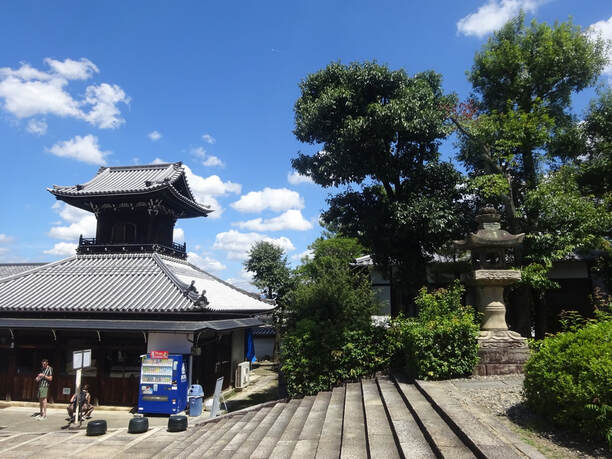
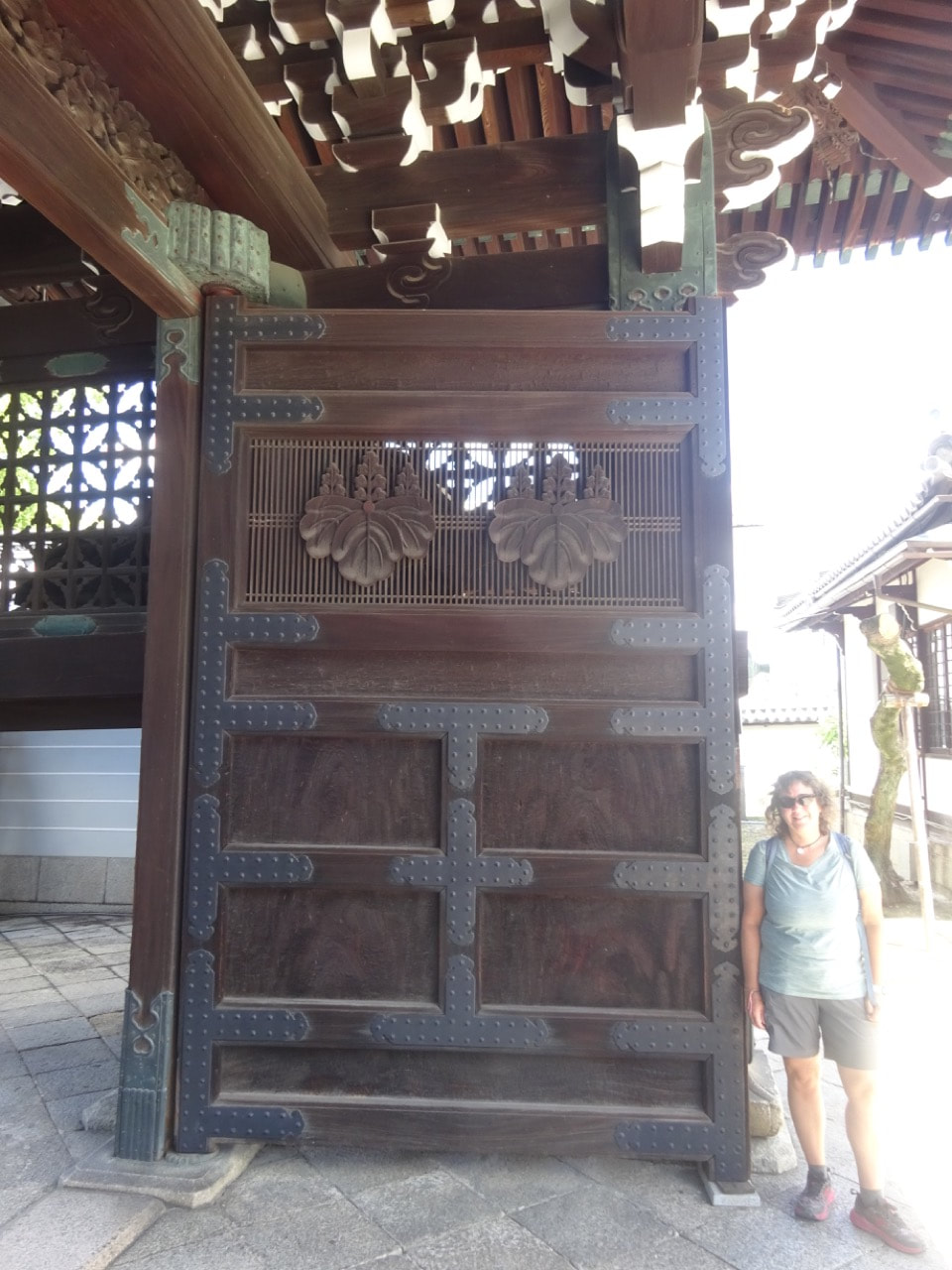







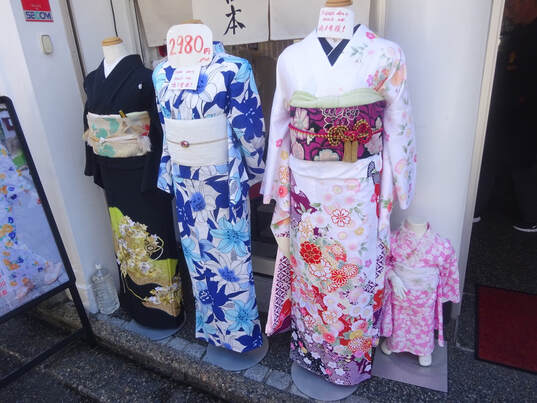



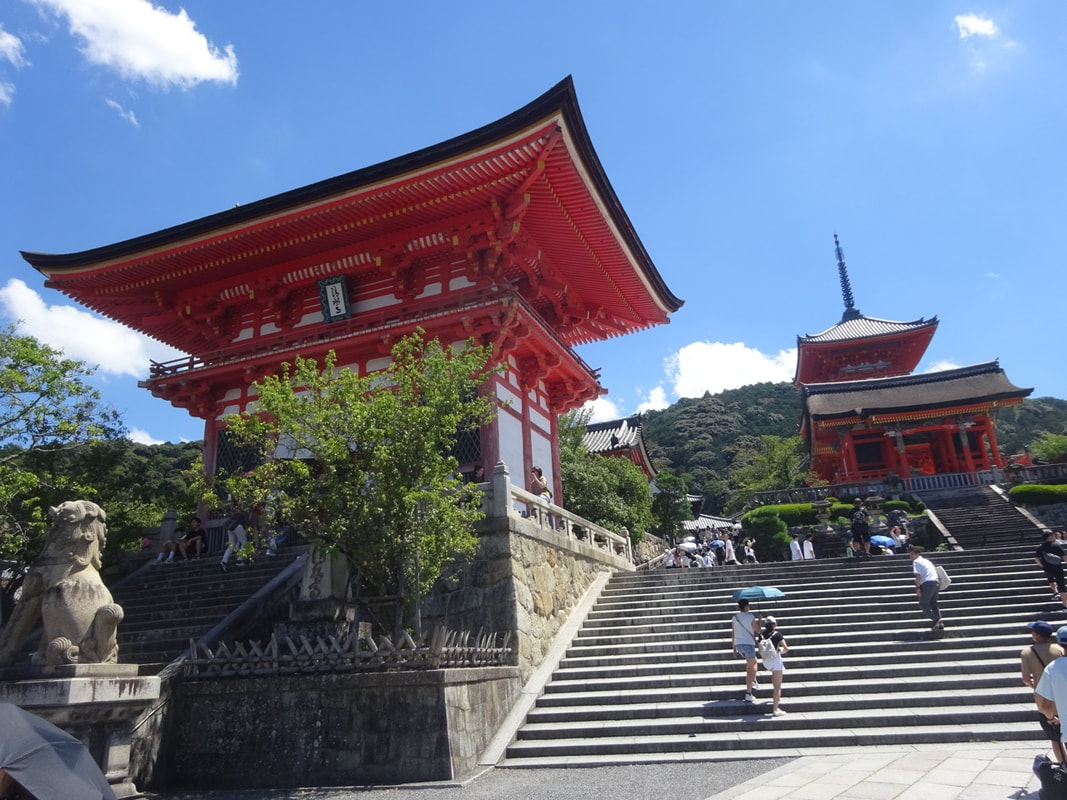


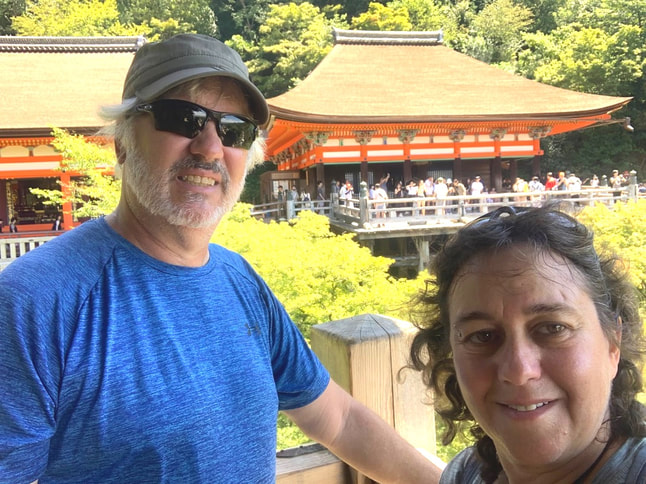




















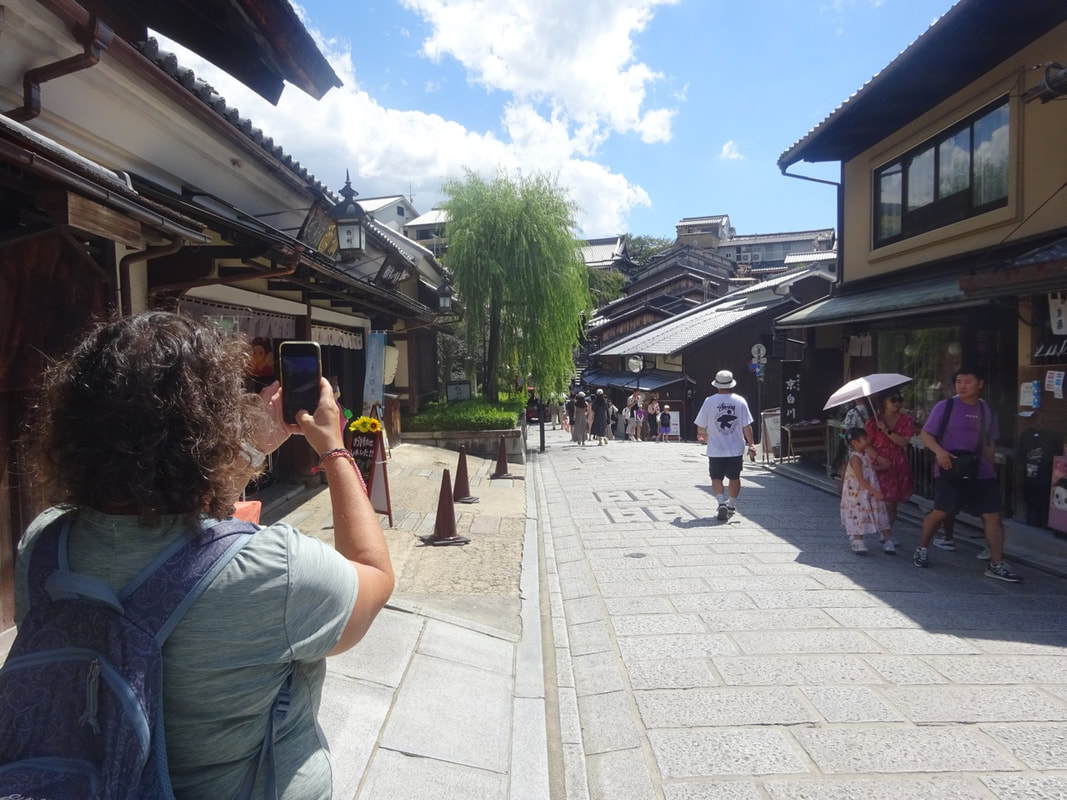







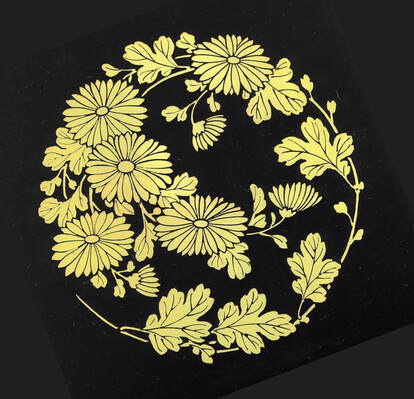


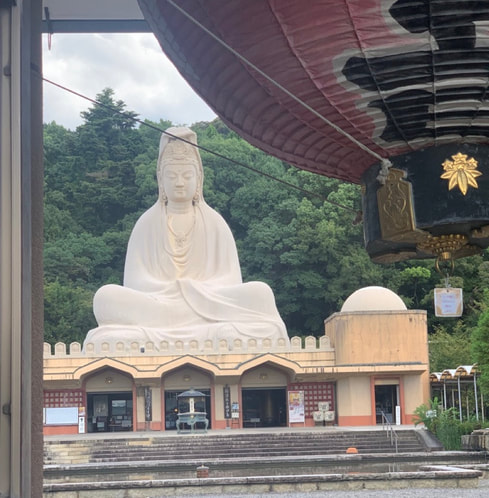






























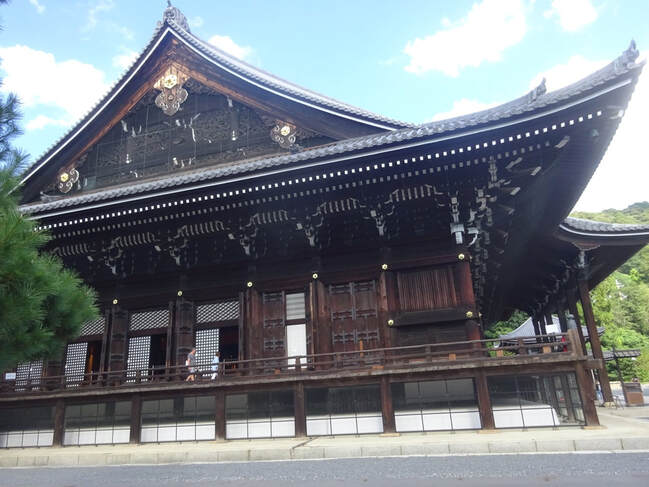













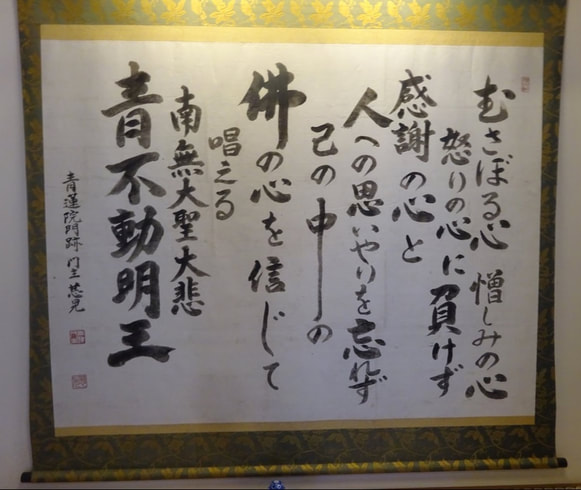


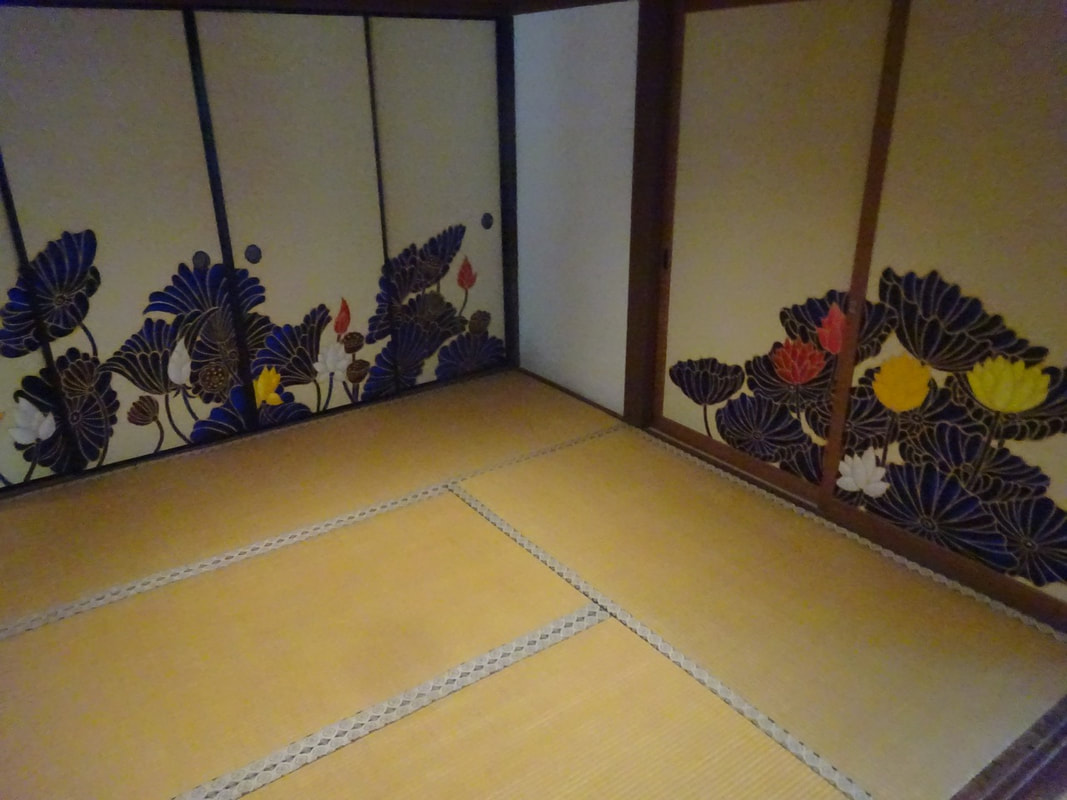
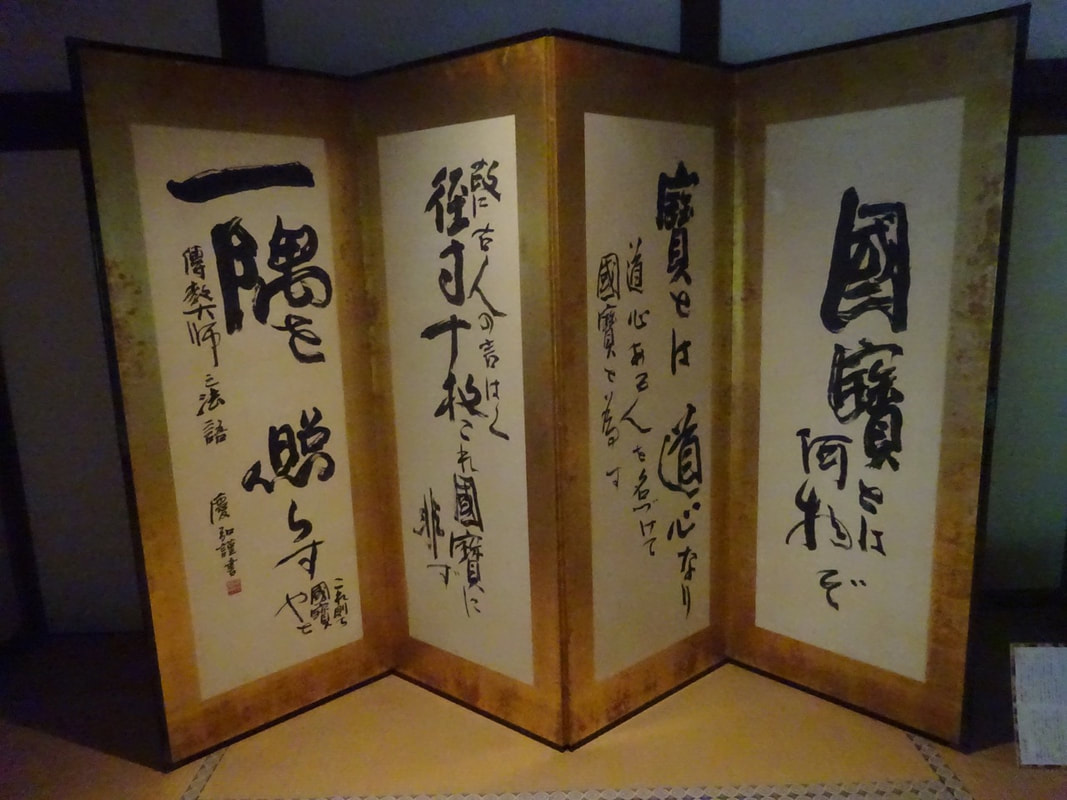



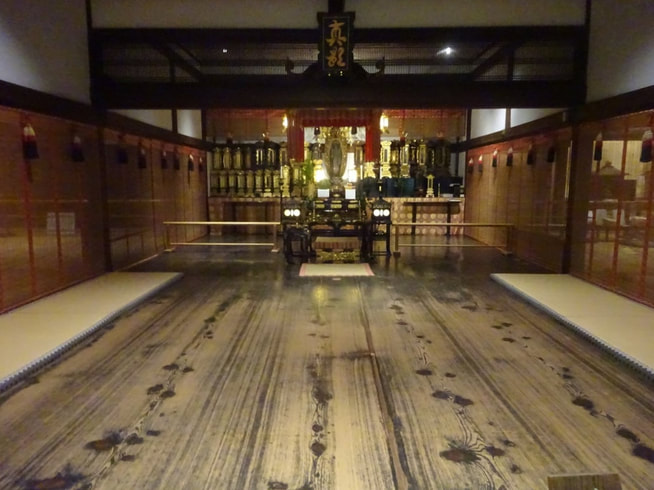





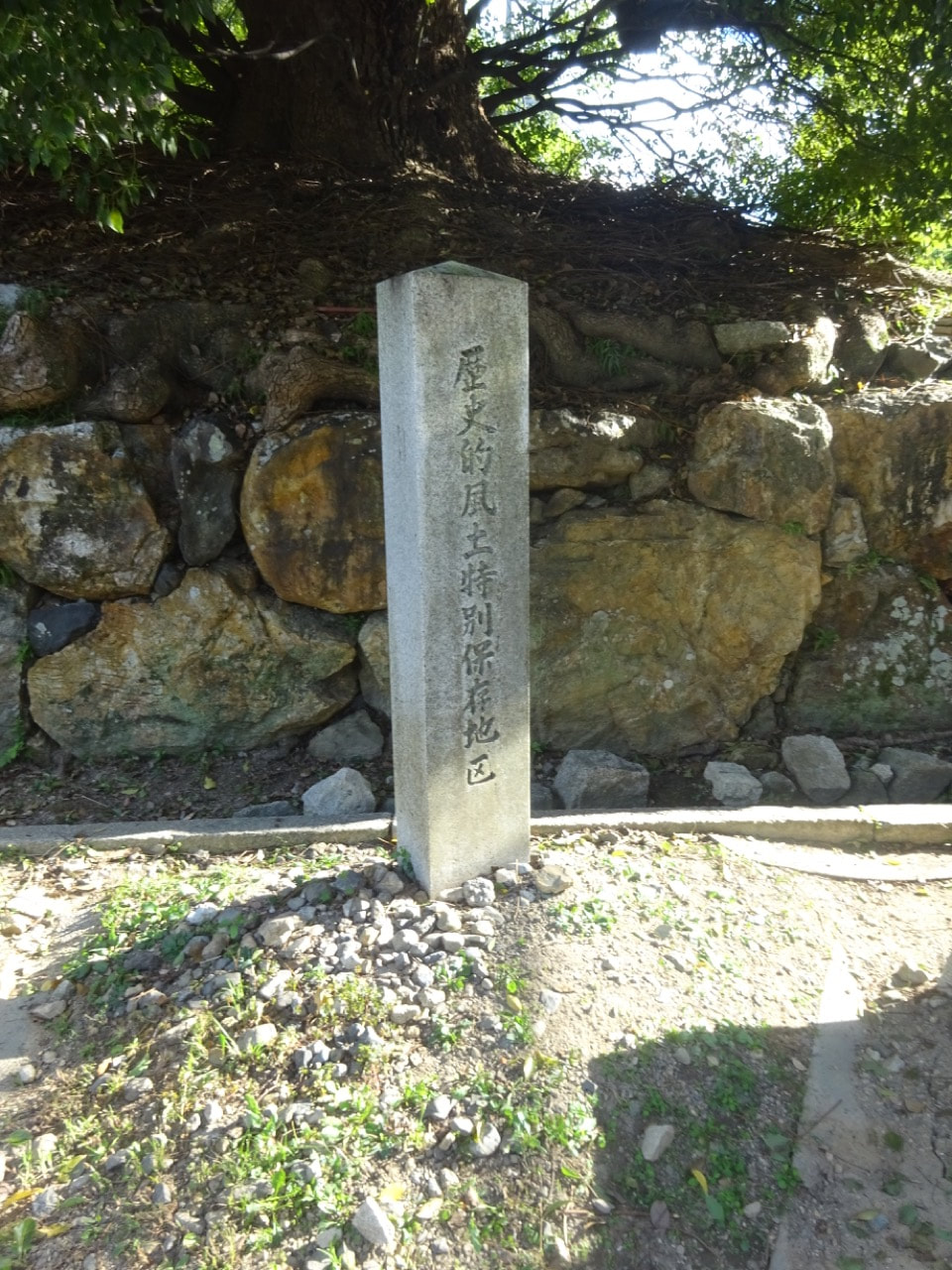












 RSS Feed
RSS Feed
